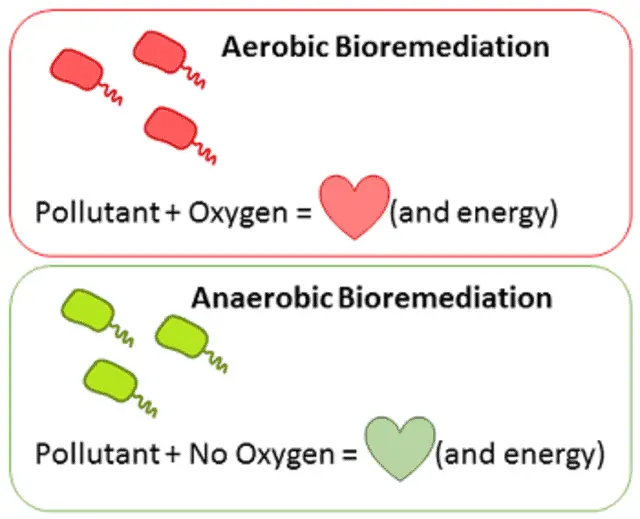Biological treatment is possible by harnessing plants and microbes’ natural ability to absorb phosphorus, nitrogen, and other nutrients to break down contaminants through a biological process known as bioremediation. Bioremediation is used to capture and remove contaminants using wetlands and is practiced worldwide.
Table of Contents
Biofiltration for Wastewater Treatment
Biofiltration was introduced in 1893 in England as a filter for wastewater treatment. Since then, it has been successfully used to treat different types of water. Biological treatment has been used in Europe since the early 1900s to filter surface water for drinking purposes and is receiving more worldwide interest. Biofiltration is common in wastewater treatment, greywater recycling, and aquaculture to increase water quality while minimizing water replacement.
A bed of media, a biofilter, is the material in which plants grow to form a biofilm layer. Biofiltration is commonly called a fixed-film process. The biofilm is formed by different microorganisms, such as yeast, bacteria, or fungi, macro-organisms such as insects’ larvae, protozoa, worms, and extracellular polymeric substances. The biofilm is slimy and muddy.
The water that is to be treated can be intermittently applied or continuously applied over the media, using upflow or downflow. Usually, a biofilter has two or three phases depending on the feeding strategy.
- A solid-phase — media
- A liquid phase — water
- A gas-phase — air
Organic matter plus other water components are distributed into the biofilm as the treatment happens. Biofiltration processes are aerobic, which means that microorganisms require oxygen for metabolism. Oxygen is supplied to the biofilm with water flow. Aeration passively occurs by the natural flow of air or by forced air provided by blowers.
The activity of the microorganisms is a vital part of the performance process. The influencing factors are water composition, type of media, feeding strategy, biofilter hydraulic loading, age of the biofilm, temperature, aeration, etc.
Biofilters
Most biofilters use media such as river gravel, sand, crushed rock, or some form of plastic or ceramic material resembling small rings and beads.
Although biological filters have simple superficial structures, their internal workings, biology, and ecology are complex and variable. The process can maintain its performance or return to initial levels following a period of no flow, intense use, media backwash, toxic shocks, etc.
The biofilm protects microorganisms from demanding environmental conditions and retains the biomass even when conditions are not optimal for its growth. The advantages of the biofiltration process are:
- Biofiltration allows the development of microorganisms with low growth rates because they are retained within the biofilm.
- Biofilters are less subject to intermittent or variable loading or hydraulic shock.
- Operational costs are usually lower.
- The final treatment result is less influenced by biomass separation.
- The attached biomass becomes more specialized at a given point because there is no biomass return.
Because filtration and biomass growth leads to an accumulation of matter in the filtering media, this process is subject to flow channeling and bio-clogging. Bio-clogging can be controlled depending on the type of application and the media used for microbial growth with chemical or physical methods.
Drinking Water
For drinking water, biological water treatment involves using naturally occurring microorganisms in the surface water, improving the water quality. Under optimum conditions, such as high oxygen content, the organisms break down the material in the water, improving its quality. Sand filters or carbon filters can be used to provide support for the microorganisms to grow. These systems effectively reduce diseases that are water-borne, improving water quality.
Bioremediation is Important
Clearly, bioremediation is very important for treating water. Any time we can find natural ways to clean our earth’s water, we must use them. Creating wetland filters, filter beds, filter swales, rain gardens, and floating plant islands are all ways that we as homeowners can use biological means to help clean the water on our properties. While these homeowner solutions aren’t as complex or detailed as wastewater biofiltration systems, they use many of the same principles.

